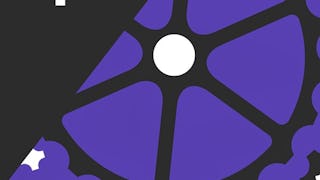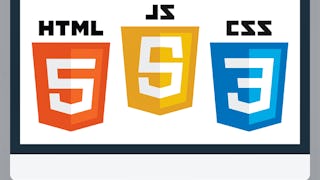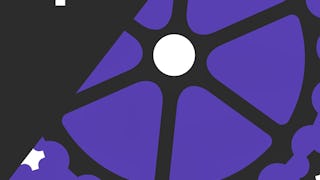The "AJAX for Web Developers" course explores how modern websites update parts of a web page without the need to reload the entire page, providing a fluid and fast user experience. This course covers the relationship between client apps or websites and servers, the distinction between full page loads and AJAX, and the best use-cases for each. We will delve into Javascript's Fetch API, modern Async/Await syntax, and the benefits of using the Axios module to streamline the process of making requests to a server and handling the response. The course also introduces JSON as a data exchange format for clients and servers, explaining how to encode and decode JSON, error-handling for AJAX requests, and crucial security best practices for AJAX. By the end of the course, you'll be ready to interact confidently with a live API and update elements on the page via AJAX.


Recommended experience
Skills you'll gain
Details to know

Add to your LinkedIn profile
4 assignments
See how employees at top companies are mastering in-demand skills

There are 3 modules in this course
In this introductory lesson, students will learn about the relationship between client applications and servers, the difference between full page loads and AJAX, the benefits and drawbacks of AJAX, and which scenarios would benefit from AJAX.
What's included
4 videos2 readings1 assignment
Building upon the foundation laid out in lesson 1, students will explore the current approaches to making AJAX requests to a remote API, as well as the evolution of AJAX techniques in recent years. Finally, they'll get an introduction to the Axios module, which simplifies the process of making requests in a modern Javascript environment.
What's included
4 videos1 reading1 assignment
In this final lesson, learners will develop the ability to process server/API responses in JSON, including error handling, security best practices, and translating a JSON response into updated elements on the web page
What's included
4 videos1 reading2 assignments
Instructor

Offered by
Explore more from Software Development
 Status: Free Trial
Status: Free Trial Status: Free Trial
Status: Free TrialJohns Hopkins University
 Status: Free Trial
Status: Free Trial
Why people choose Coursera for their career





Open new doors with Coursera Plus
Unlimited access to 10,000+ world-class courses, hands-on projects, and job-ready certificate programs - all included in your subscription
Advance your career with an online degree
Earn a degree from world-class universities - 100% online
Join over 3,400 global companies that choose Coursera for Business
Upskill your employees to excel in the digital economy
Frequently asked questions
To access the course materials, assignments and to earn a Certificate, you will need to purchase the Certificate experience when you enroll in a course. You can try a Free Trial instead, or apply for Financial Aid. The course may offer 'Full Course, No Certificate' instead. This option lets you see all course materials, submit required assessments, and get a final grade. This also means that you will not be able to purchase a Certificate experience.
When you purchase a Certificate you get access to all course materials, including graded assignments. Upon completing the course, your electronic Certificate will be added to your Accomplishments page - from there, you can print your Certificate or add it to your LinkedIn profile.
Yes. In select learning programs, you can apply for financial aid or a scholarship if you can’t afford the enrollment fee. If fin aid or scholarship is available for your learning program selection, you’ll find a link to apply on the description page.
More questions
Financial aid available,


